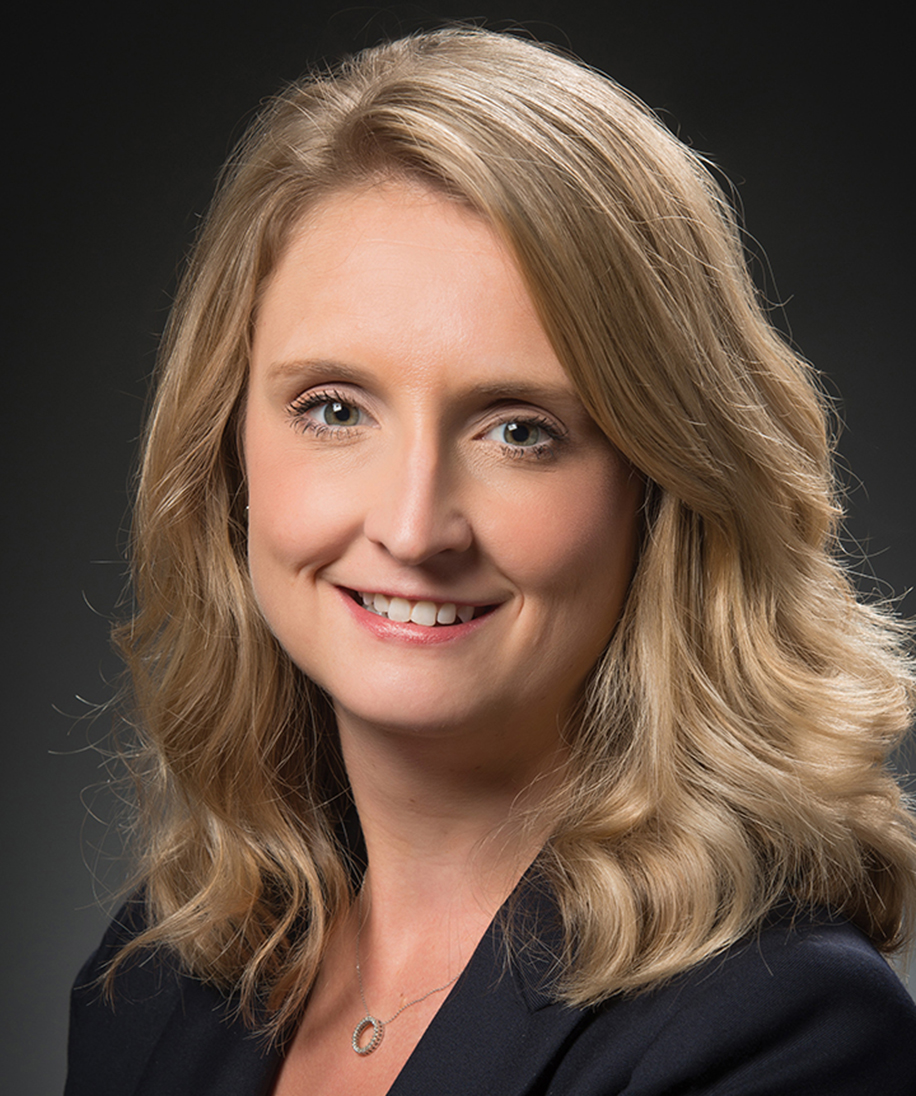Client Alert
The CFPB’s Project Catalyst: Is It Worth the Risk?
November 04, 2016
By Thomas P. Brown, Gerald S. Sachs & Kevin P. Broughel
The Director of the Consumer Financial Protection Bureau (“CFPB”), Richard Cordray, recently spoke at one of the largest Financial Technology (“FinTech”) conferences in the country, Money20/20.[1] In his speech, Director Cordray sent a clear message that the CFPB wants to work with FinTech businesses to provide innovative products to improve underserved consumers’ financial well-being.[2] Director Cordray acknowledged that regulatory uncertainty and aggressive enforcement of ambiguous laws may hinder this objective. Director Cordray explained that other, less visible aspects of the CFPB’s operation are helping to support the creation and growth of innovative consumer financial products and services outside the CFPB’s typical regulatory framework. In particular, Director Cordray emphasized the efforts of the CFPB to work directly with startups through Project Catalyst. As Director Cordray’s speech highlights, Project Catalyst provides FinTech startups with an opportunity to speak directly with the industry’s most powerful regulator at an early stage. The question raised by the Bureau’s effort to stoke innovation while vigorously enforcing the law is whether the opportunity to collaborate with the Bureau is worth the risk. Should startups engage with the Bureau through Project Catalyst or should they steer clear? We discuss further below:
Background on Project Catalyst
The CFPB formed the Project Catalyst Office to allow businesses to discuss at an early stage their efforts to provide consumers with innovative financial products and services. Project Catalyst has pre-arranged “office hours” where anyone can meet with the staff to discuss innovative ideas to better consumers’ financial well-being. Through its “office hours” in New York, San Francisco, Chicago, and Washington, D.C. the CFPB has met with hundreds of small and large businesses to learn about marketplace innovation. If the “office hours” are not convenient, a business can simply send an email to the Project Catalyst team asking for a meeting.[3]
What Happens at a Project Catalyst Meeting?
In our experience, any business seeking to work with Project Catalyst will start with a relatively informal meeting with the Catalyst staff followed by subsequent meetings with participants from various CFPB Offices. Basic information required by Project Catalyst will include background on the company and its management, a description of its business model, and a collaboration plan showing why the company’s offered product is beneficial for the market and consumers. In preparing these materials, it is important that participants be prepared to emphasize (1) how their product offering is advantageous and accessible to everyday consumers; and (2) what makes it innovative compared to other products in the marketplace. Moreover, participants should be aware that any information shared, except for personally identifiable information, trade secrets, and confidential commercial information, is subject to the Freedom of Information Act and its disclosure requirements. In addition, while not its primary focus, Project Catalyst does work with the CFPB Supervision and Enforcement Offices. Accordingly, while the CFPB has attempted to set these meetings as a relatively safe space to have a candid discussion, it is always prudent to work with your counsel prior to attending to ensure any disclosures and/or offerings are accurate, in compliance with the law, and will not invite unnecessary regulatory inquiries.
Have There Been Any Prior Successful Project Catalyst Applications?
To date, the CFPB has provided two examples of concrete projects that have grown out of discussions that began within Project Catalyst. The first business dealt with tax preparation and the second with savings programs on prepaid card accounts. Both businesses were large well-established businesses.[4] However, as noted by the CFPB’s recent release of its first Project Catalyst Innovation Highlights report, the Bureau is engaged with many FinTech companies on a number of innovative products to improve consumers’ financial well-being. The report includes the following FinTech innovations:
Expanding access to credit: The use of alternative data and newer methods of analysis to assess potential borrowers’ creditworthiness.
Supporting safe consumer financial records access: The development of financial management tools that help consumers aggregate their financial information and weather financial storms. Notable, the Bureau is concerned with financial institutions limiting consumer access to their own financial information directly or through third-party companies.
Better cash-flow management: The development of tools to address the time lag in cash flow for expenses and income through advances on wages or micropayments from wages.
Increasing options for student loan refinancing: Offering borrowers the ability to refinance student debt at lower rates.
Modernizing mortgage servicing platforms: The development of more flexible and scalable systems without the hassle of legacy software that also have more user-friendly interfaces and machine learning “to sense” borrower financial trouble.
Improving credit reporting engagement: The development of streamlined dispute and error resolution processes and availability of credit scores.
Improving peer-to-peer money transfers: Providing real-time price comparisons and digital transfers without bank accounts or cash.
Supporting consumer savings: Automated analysis of income and expenses to budget savings or make transfers to savings easier.
So Is Project Catalyst Worth It?
While voluntary interaction with a regulator carries risk, we have found that the CFPB will provide candid and helpful feedback on product features and disclosures when a business is willing to devote the time and energy to explain how a product works, why the sponsor believes it will help consumers, and what regulatory obstacles stand in the way. In some instances, this feedback has resulted in early changes to product features and disclosures that may have helped to avoid subsequent enforcement actions. In other instances, material provided by startups appears to have prompted the CFPB to think about issues that have subsequently surfaced in proposed regulation. In our view, the respectful and cordial interaction facilitated by Project Catalyst has helped to reduce enforcement and regulatory risk.
We are also optimistic about two other aspects of Project Catalyst that have yet to yield tangible benefits—the possibility of obtaining a “trial disclosure waiver”[5] or “No Action Letter.”[6] A trial disclosure waiver provides CFPB approval to consumer disclosures that advise on the costs, benefits, and risks of a particular financial product or service. Trial disclosure waivers are very narrowly defined, but they provide an opportunity to test alternatives to current mandated disclosures. To this point, the Bureau has not granted any trial disclosure waivers. A No Action Letter is somewhat more ambitious. Where Bureau grants a No Action Letter, it takes a public position that it does not intend to pursue an enforcement action with respect to a particular financial service practice or product. Although the protection provided by a No Action Letter is extremely limited (e.g., it is revocable and does not foreclose private enforcement or enforcement on the issue by another regulator), the No Action Letter could provide some clarity in particularly muddled areas of the law. To this point, however, the CFPB has not issued any No Action Letters.
On the whole, we believe that the benefits from engaging at an early stage with the Bureau outweigh the risks. We do, however, recommend that companies planning to engage in even informal conversations with the CFPB retain counsel to prepare for those conversations.
[1] https://www.money2020.com/
[2] Transcript of Director Cordray’s speech, available at http://www.consumerfinance.gov/about-us/newsroom/prepared-remarks-cfpb-director-richard-cordray-money-2020/
[3] CFPB_ProjectCatalyst@consumerfinance.gov.
[4] See Tr. Dir. Cordray; see also http://www.consumerfinance.gov/about-us/blog/promoting-saving-at-tax-time/ and http://www.consumerfinance.gov/about-us/blog/project-catalyst-research-pilot-tools-saving/.
[5] The CFPB is testing new innovative disclosure approaches that could promote transparency and improve consumer understanding. http://www.consumerfinance.gov/about-us/project-catalyst/trial-disclosure-program/
[6] The CFPB has implemented a system designed to reduce potential regulatory uncertainty for innovative products that promise significant consumer benefits.http://www.consumerfinance.gov/about-us/newsroom/cfpb-finalizes-policy-to-facilitate-consumer-friendly-innovation/
Practice Areas
For More Information








